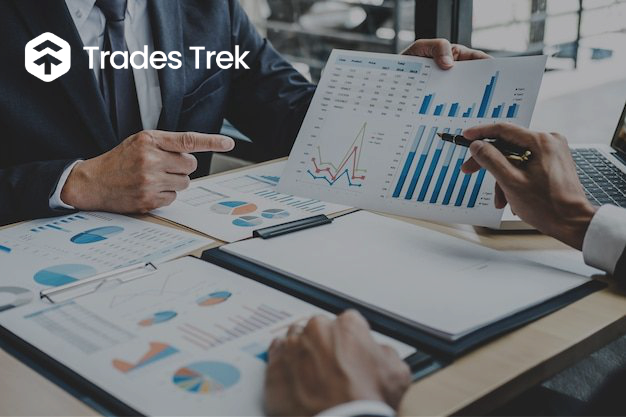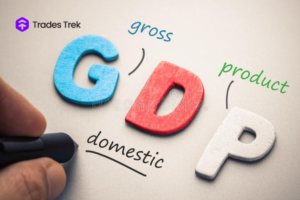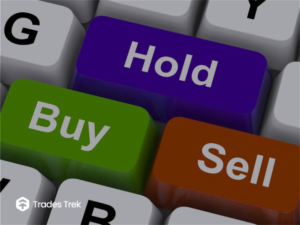One key factor that often influences stock price movement is trading volume
Understanding the factors that drive price changes is crucial when trading stocks. One key factor that often influences stock price movement is trading volume. But what does this mean for beginners? In this article, we’ll explore the basics of trading volume, how it impacts stock prices, and why it’s a vital metric to understand.
What is Stock Trading Volume?
Stock trading volume refers to the total number of shares of a stock that are traded during a given period. Higher trading volume indicates greater interest and activity in a stock, while lower trading volume might suggest a lack of market interest.
What is a Good Trading Volume for a Stock?
A “good” trading volume varies depending on the stock, market, and individual trading strategies. However, a stock with a higher volume generally signals strong interest, making it easier to buy and sell quickly without significantly impacting the price. In the Nigerian stock market, blue-chip companies often exhibit high trading volumes, making them more attractive for beginners looking for less volatile trades.
How Does Volume Affect Stock Prices?
Trading volume can have a significant impact on stock prices. Here’s a breakdown:
- High Volume and Price Increases: When a stock’s trading volume is high and the price is increasing, it often indicates strong buying interest. This can be a bullish signal, suggesting that the stock might continue to increase.
- High Volume and Price Drops: If trading volume is high while the stock price is falling, it suggests heavy selling. This could be a bearish signal, indicating that the stock might continue to drop.
Example of Calculating Trading Volume
Calculating trading volume is simple. It’s the sum of all shares traded over a given period. For instance, if 10,000 shares of Company A are bought and sold in a single trading day, the volume for that day is 10,000. Most trading platforms, including stock simulators like Trades Trek, provide real-time trading volume data to help traders make quick decisions.
Increasing Volume and Rising Prices
A classic scenario is when you notice increasing trading volume and rising prices. This pattern often signifies strong buying pressure and can be a reliable indicator of a bullish trend. If you’re a beginner using a trading simulator, observing these trends helps you get a feel for market dynamics without the financial risk.
Increasing Volume and Falling Prices
On the other hand, increasing volume with falling prices suggests strong selling pressure. This scenario is essential for beginners to recognize because it can indicate a downturn. Using a stock simulator, you can practice responding to these signals by adjusting your strategies without losing real money.
What is Trading Volume Analysis?
Trading volume analysis involves studying the volume data to predict price movements and confirm trends. Analysing trading volume alongside other indicators like moving averages or RSI (Relative Strength Index) can help beginners better understand market sentiment. For instance, a price increase accompanied by high volume is usually a stronger signal than a price increase with low volume.
How to Check the Trading Volume of a Stock
Most online trading platforms display trading volume as part of the stock’s data. In the Trades Trek Simulator, for example, you can view trading volume on the dashboard, providing a real-time view of how many shares are being traded. Checking trading volume helps you gauge the interest level in a stock before making trading decisions.
Understanding trading volume and its impact on stock prices is fundamental for beginners in the stock market. It can offer insights into market trends, validate price movements, and guide trading strategies. By practising with stock simulators like Trades Trek, you can develop a solid foundation in analysing trading volume before trading with real money.




